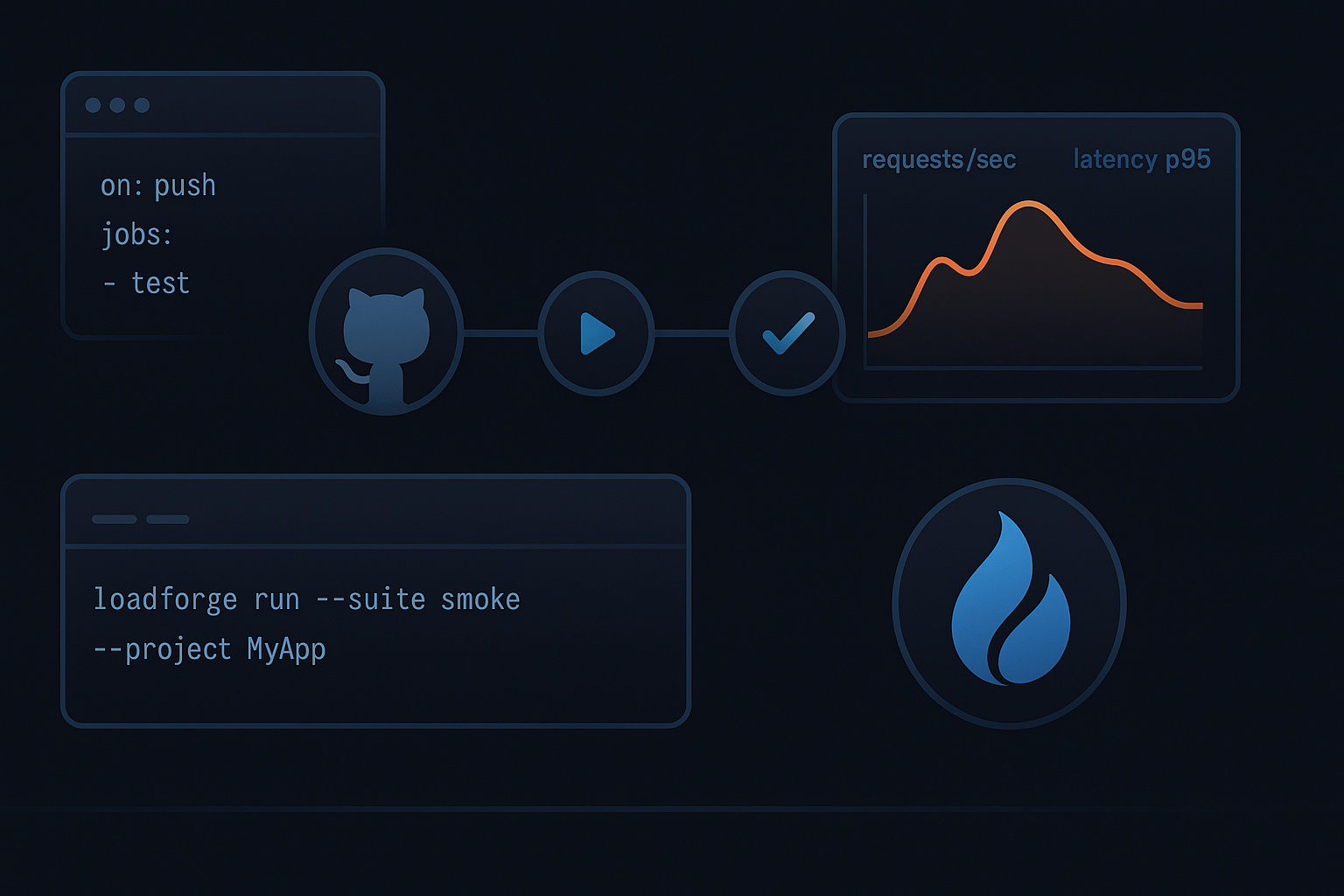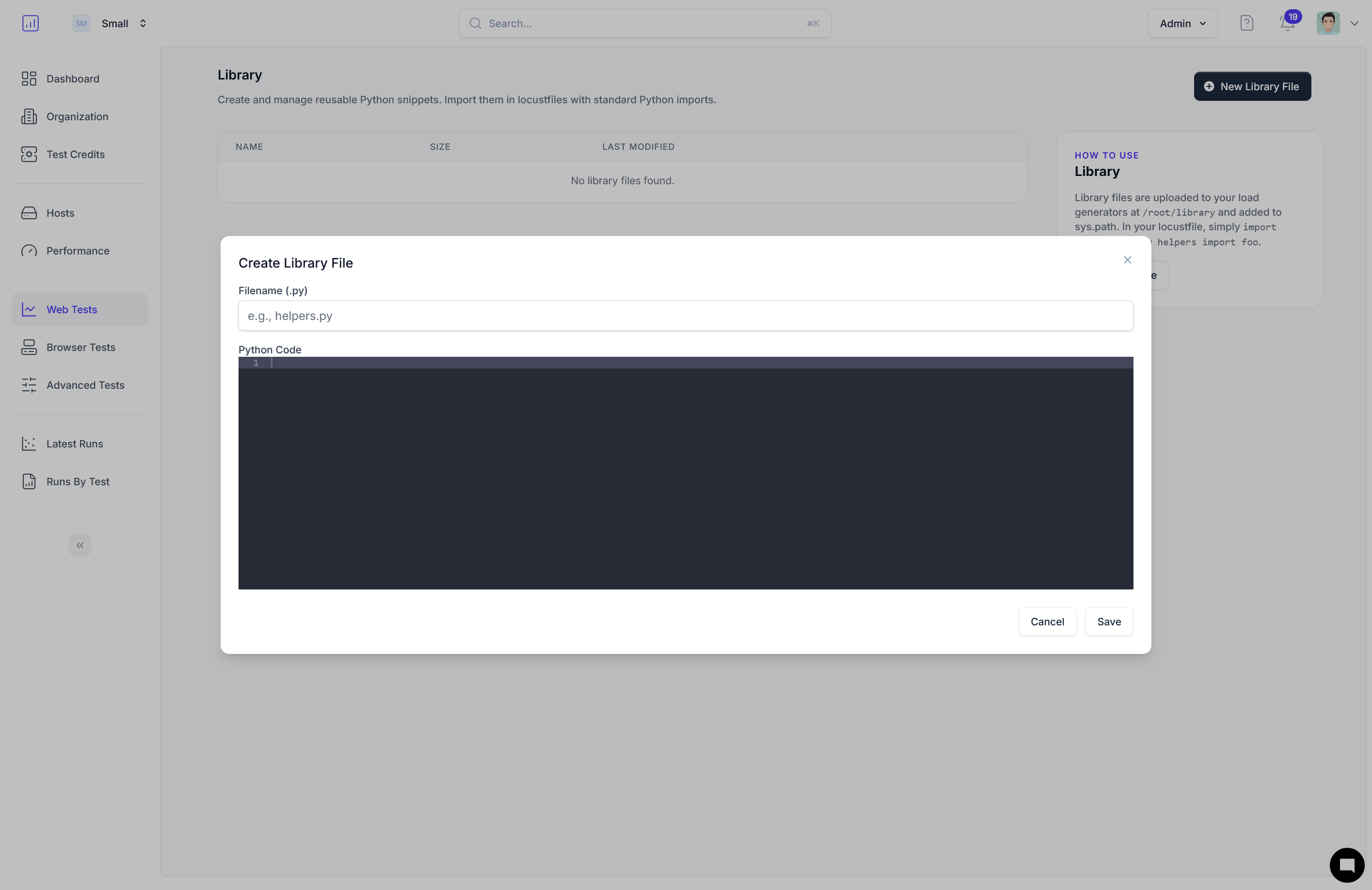
loadforge-cli: Git-first load testing with LoadForge
With loadforge-cli, your Locust scripts and test configs can live in Git, and your automations (syncing tests, starting runs, waiting for results) live in GitHub Actions. It’s the fastest way to make load testing part of your development workflow.

